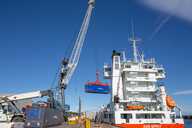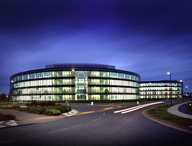Introduction
On the 7th May 2024 the North East Combined Authority came into being, led by the North East Mayor and Cabinet and marking a significant moment of regional governance and investment.
This evidence base builds on the substantial regional intelligence collated over the past decade and articulates the economic context at the time of this transition. It brings together a range of sources covering topics from economic geography and labour market, to health and transport, aligning with the key ambitions contained within the North East Devolution Deal.
The evidence base has been used to frame discussions with stakeholders around the region including universities and colleges, businesses, the voluntary and community sector, and institutional investors. The evidence has also been reviewed by experts from outside the region, and informed the Royal Society of Arts and Manufacturing (RSA) in their recommendations in shaping regional investment priorities.
You can find out more about North East devolution on the North East Combined Authority website.
Context : Our region
The North East Combined Authority will be the second largest MCA by area and covers a diverse geography including three cities, many vibrant towns and extensive rural and coastal communities.
The new authority will also cover an extensive range of assets including:
- Four universities, with the region a net importer of students, and nine FE colleges
- Strong representation from catapult network – including Offshore Renewable Energy, Digital Catapult NE&TV, NE Satellite Applications Centre of Excellence, High Value Manufacturing Catapult
- International airport
- Deep-water ports and riverside assets and infrastructure
- Strategic transport connections including the East Coast mainline, rail links to Carlisle and Teesside; trunk roads including A1, A19 and A69; and Tyne and Wear Metro





